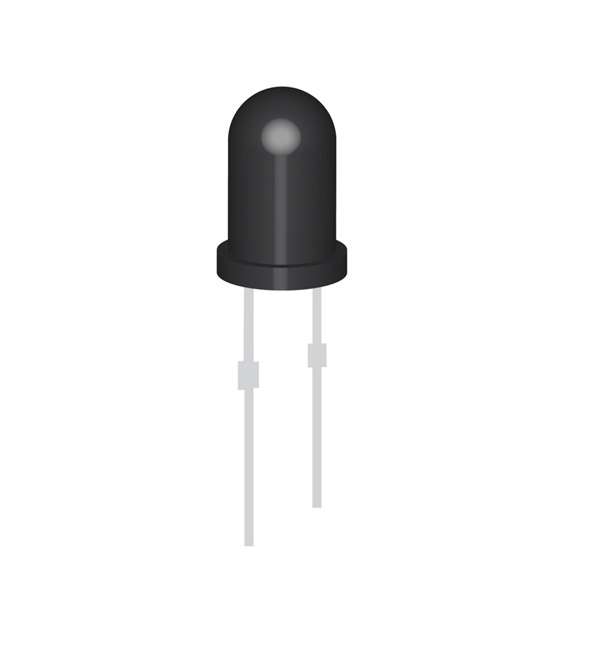A photodiode LED is a type of photoelectric conversion device that is a semiconductor device based on the working principle of internal photoelectric effects. It can convert light radiation into electrical signals, and its main purpose is to detect and transmit light signals. Photodiode LEDs have a wide range of applications in modern technology. Below are several aspects to introduce the role of Photodiode LEDs.

Optical sensor
As a detection device, electric diodes are widely used in optical sensor equipment, mainly for processing light in objects and the environment. For example, in the prevention and safety control of automatic doors, detectors, driving lights, and television projection lights, it is necessary to use Photodiode LEDs to detect the light source and achieve the normal operation of the corresponding equipment.
Optical communication
As a receiving device, photodiode LED is used for signal reception in optical communication. By using optical fiber transmission, data signals are converted into optical signals, which are received by the photodiode LED receiving end and converted into electrical signals, achieving high-speed, stable, and reliable signal transmission and data transmission.
video camera
Photodiode LEDs also play an important role in cameras, their function is to convert light into electrical signals and map them to a display or video recorder through pixels. At the same time, filtering technology and signal-to-noise ratio processing can also be used to improve camera quality.
The working principle of Photodiode LEDs is to convert light sources into electrical signals, which have the advantages of high sensitivity, fast conversion speed, and high response speed. Therefore, they have a wide range of applications in modern technology and driving. They play an important role in optical sensors, optical communication, cameras, and medical equipment. Their application in related fields has greatly improved the efficiency and security of modern science and technology.












